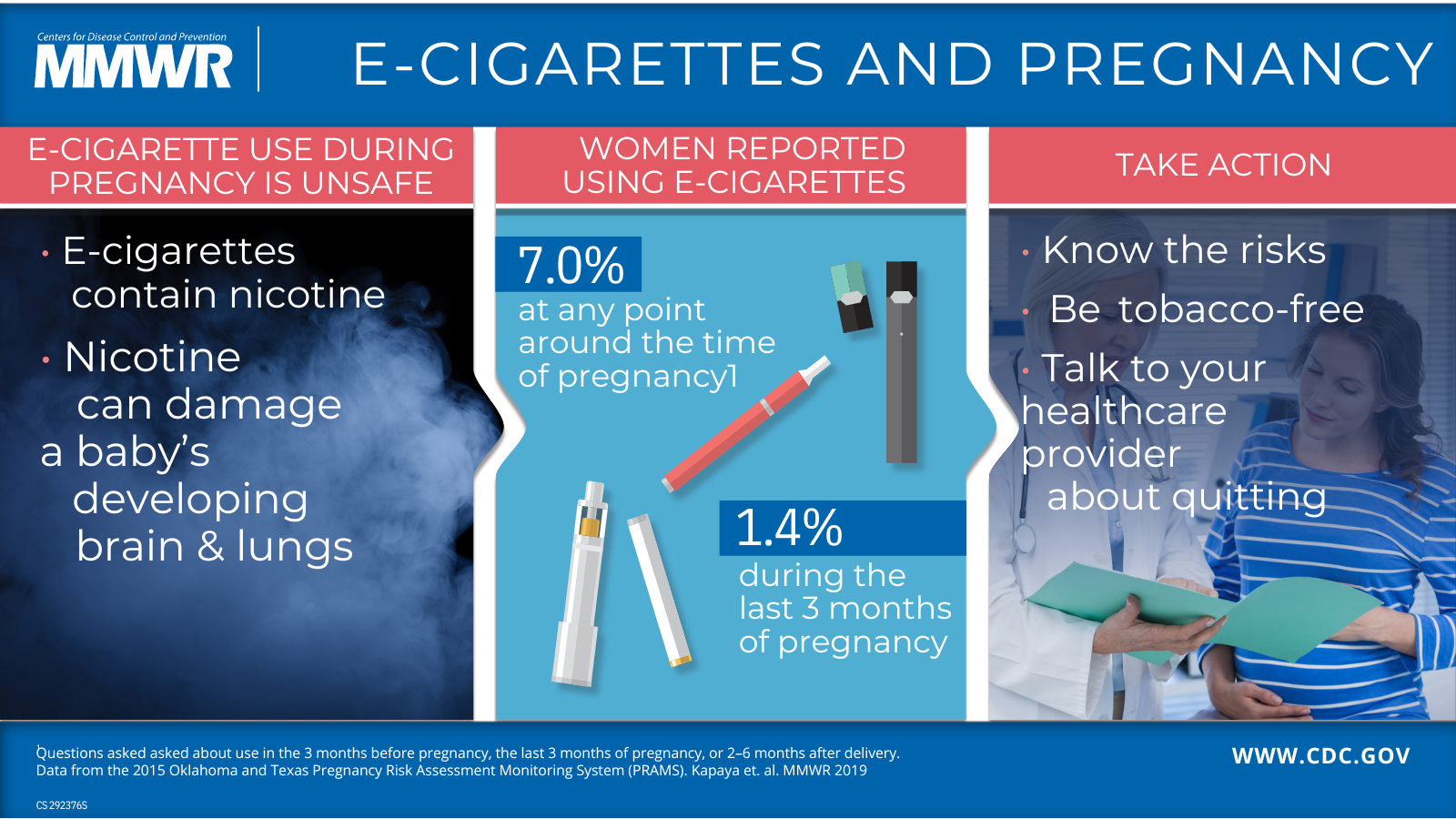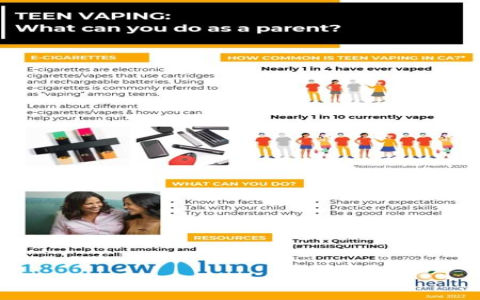Exposure to electronic cigarette emissions poses significant health threats to infants, as evidenced by pediatric research and clinical findings. Unlike harmless water vapor, e-cigarette aerosol contains toxic compounds that adversely affect developing bodies.
Critical Health Risks Identified
- Secondhand Aerosol Inhalation: Infants breathing e-cigarette vapor ingest ultrafine particles, nicotine, volatile organic compounds, and heavy metals like lead. This irritates immature lungs, increasing respiratory infection risk and exacerbating conditions like asthma.
- Thirdhand Exposure: Nicotine and toxins settle on surfaces, fabrics, and dust. Infants crawling or placing contaminated objects in their mouths ingest these residues, linked to cellular damage and neurodevelopmental disruption.
- Accidental Nicotine Poisoning: E-liquids contain highly concentrated nicotine. Spills, leaks, or improper storage can lead to ingestion or skin absorption, causing vomiting, seizures, or respiratory failure. Even small amounts are lethal.
- Altered Brain Development: Animal studies indicate nicotine exposure damages fetal/infant brain circuits governing learning, attention, and impulse control. Human correlations show increased risks for cognitive deficits and behavioral disorders.
Medical Recommendations
Pediatricians universally advise: Prohibit e-cigarette use indoors, in vehicles, or near infants. Residual toxins persist long after visible vapor dissipates. Never vigate while holding an infant. Store devices and liquids in locked cabinets far from child reach. Seek immediate medical attention if ingestion or significant exposure is suspected.

Research confirms no safe level of infant exposure to e-cigarette emissions. Protecting infants requires complete avoidance of vaping in their environments.










